Quick Bits: Medan, the vibrant capital of North Sumatra, is a melting pot of cultures, cuisines, and stunning landscapes. It offers bustling streets filled with colonial-era...
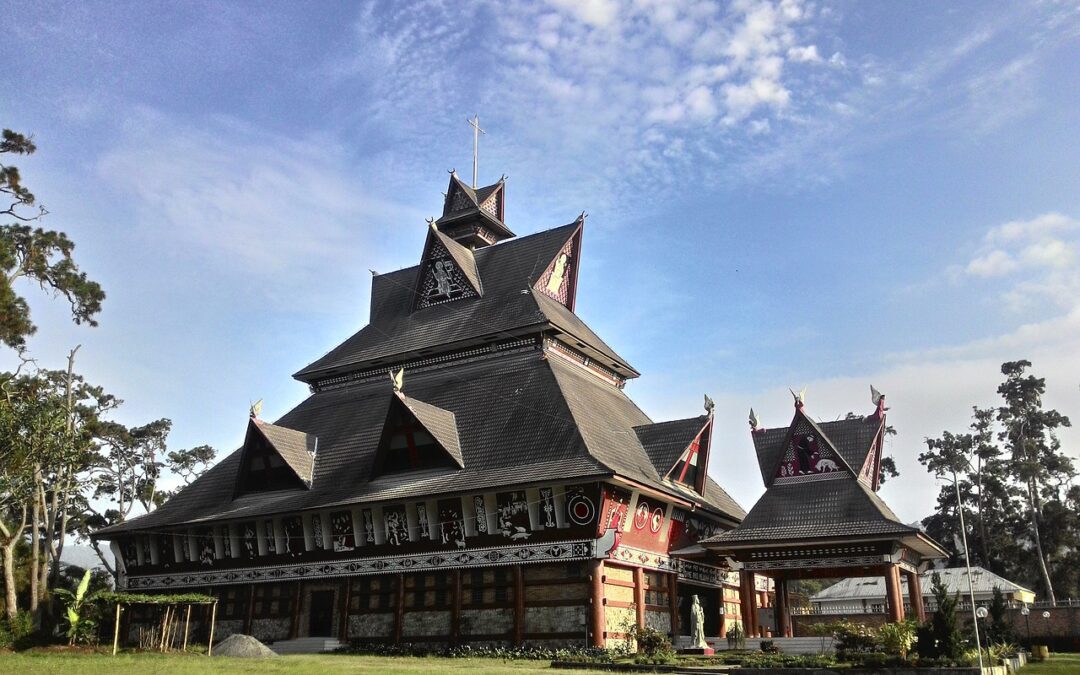

Quick Bits: Medan, the vibrant capital of North Sumatra, is a melting pot of cultures, cuisines, and stunning landscapes. It offers bustling streets filled with colonial-era...
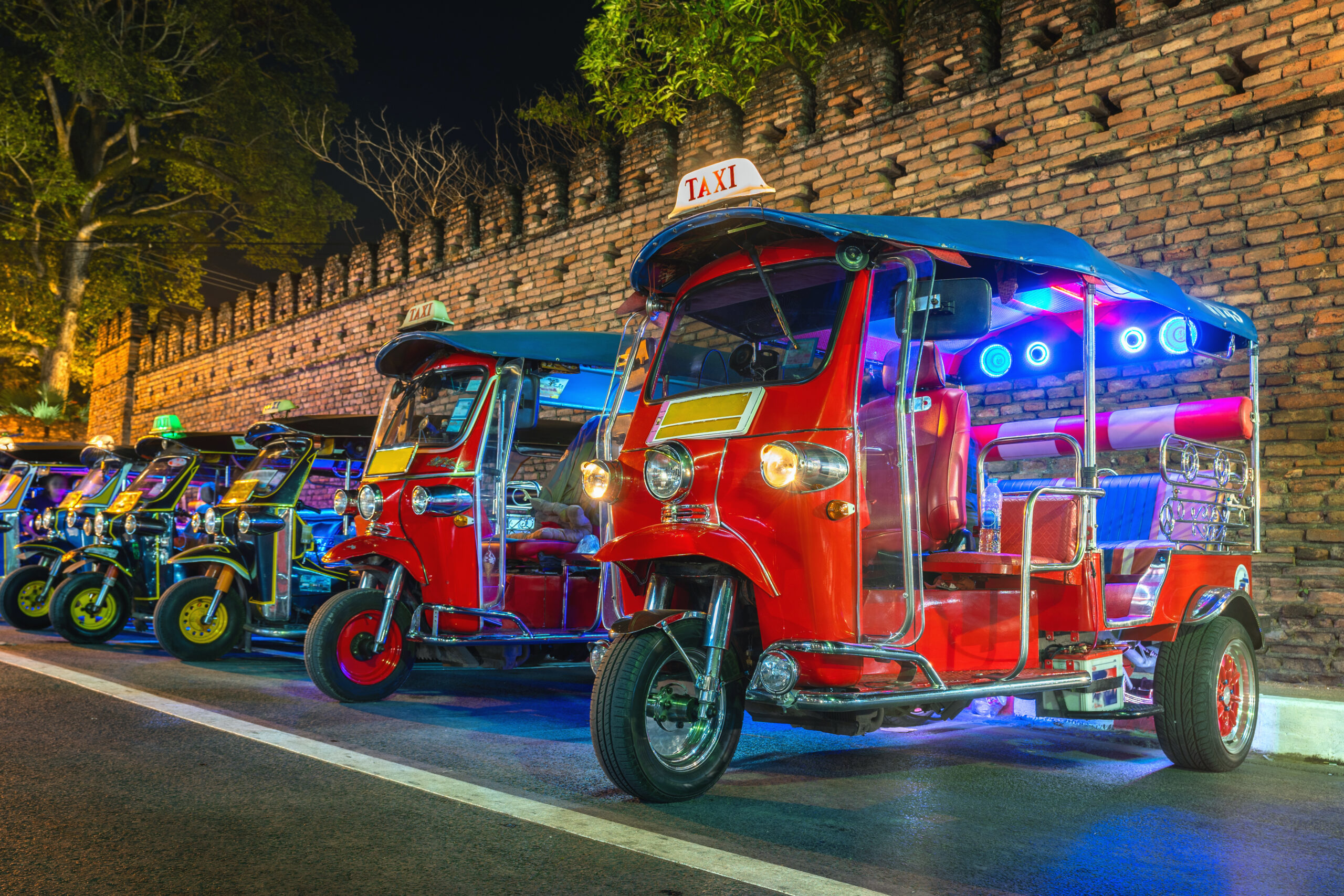
Bangkok, the vibrant capital of Thailand, is a city that never sleeps, and neither does its food scene. For food lovers and adventurous travelers, a Food Tuk-Tuk Tour offers an...

Bangkok, the vibrant capital of Thailand, is a city that never sleeps. With its rich history, bustling markets, ornate temples, and vibrant nightlife, Bangkok offers a unique...
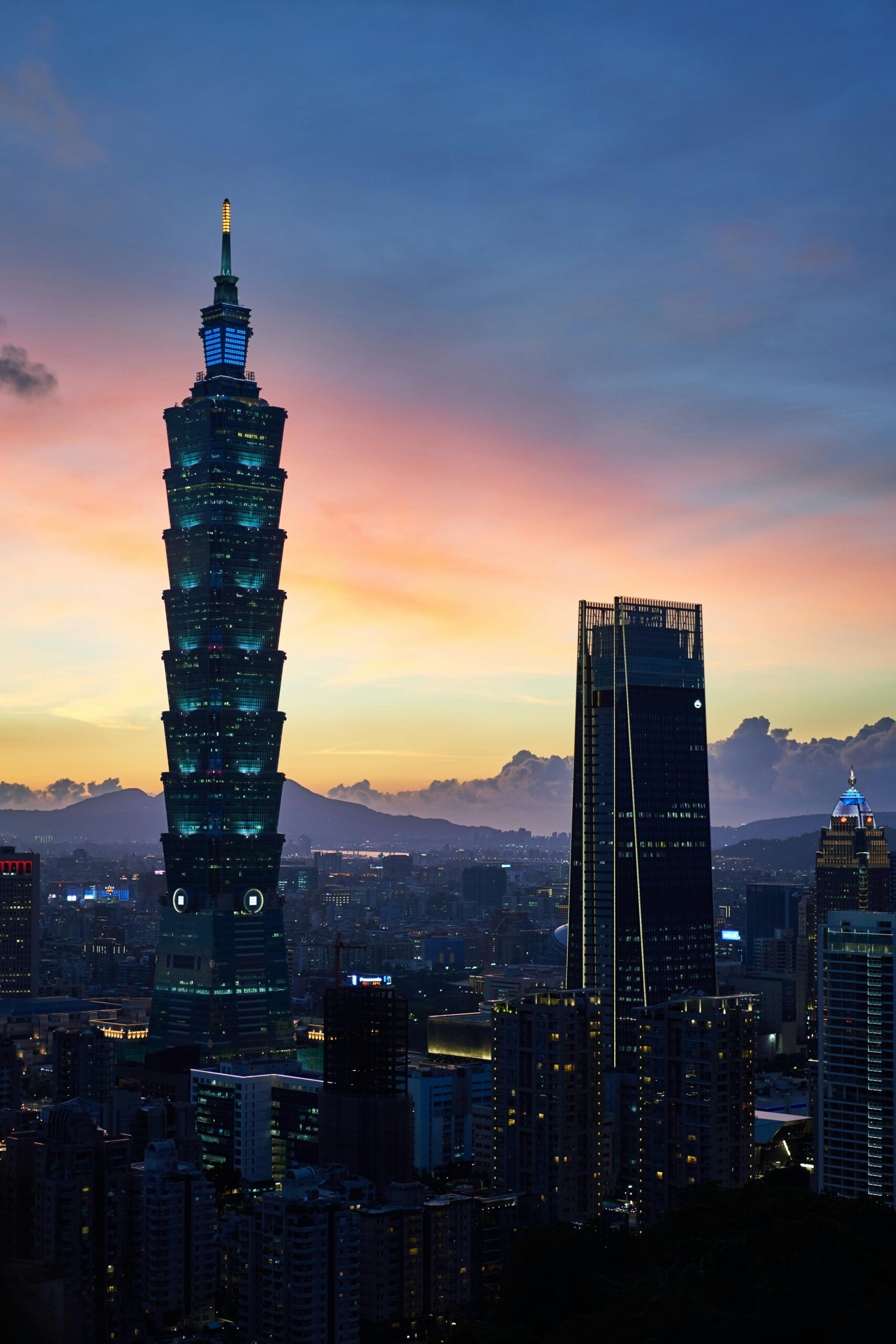
Taiwan, an island nation steeped in rich history and natural beauty, offers visitors a unique blend of traditional culture and modern attractions. From bustling night markets to...
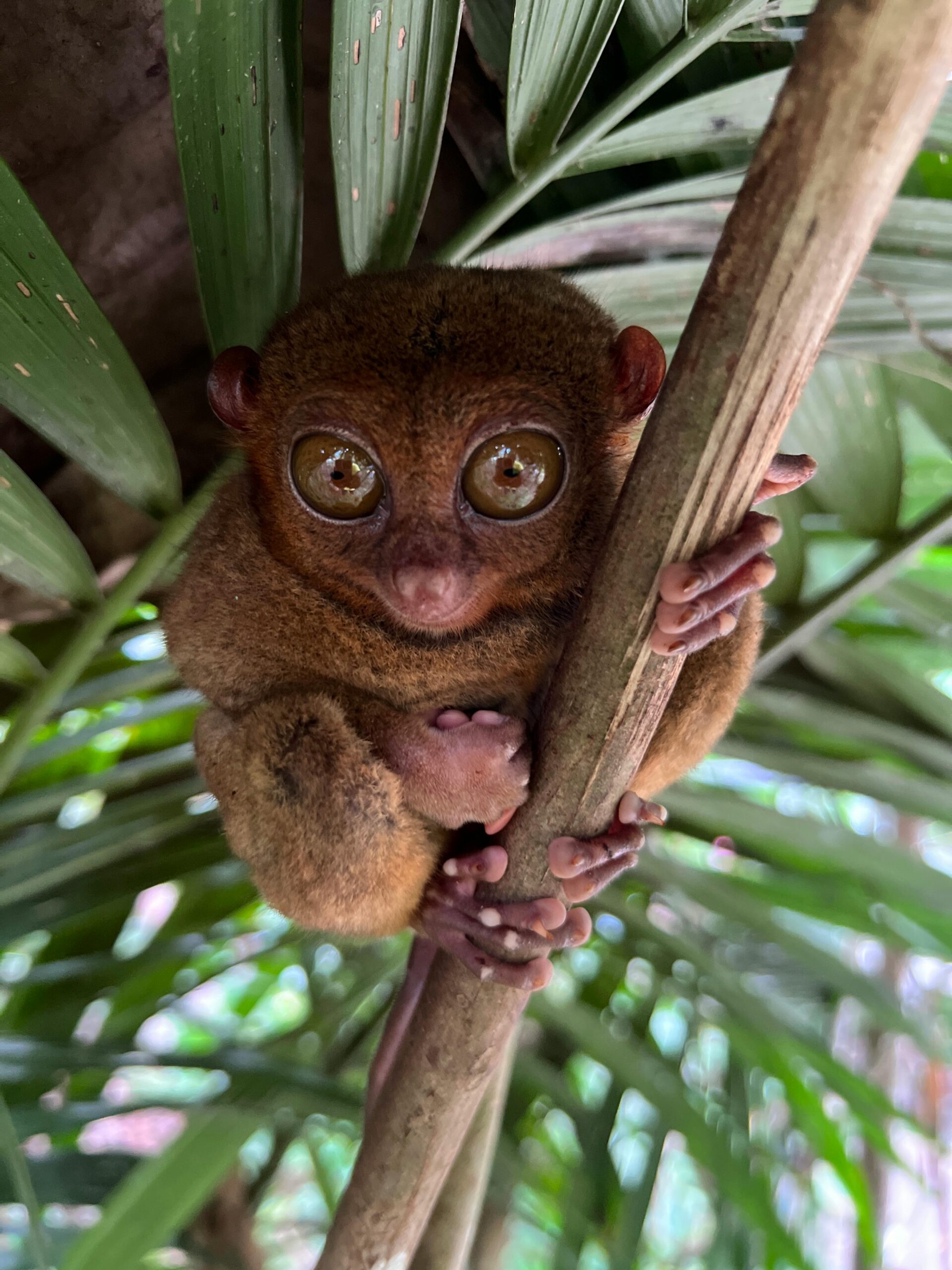
Accommodations: The Philippines offers a wide range of accommodations to suit every budget and preference. In major cities like Manila and Cebu, you'll find luxurious hotels and...
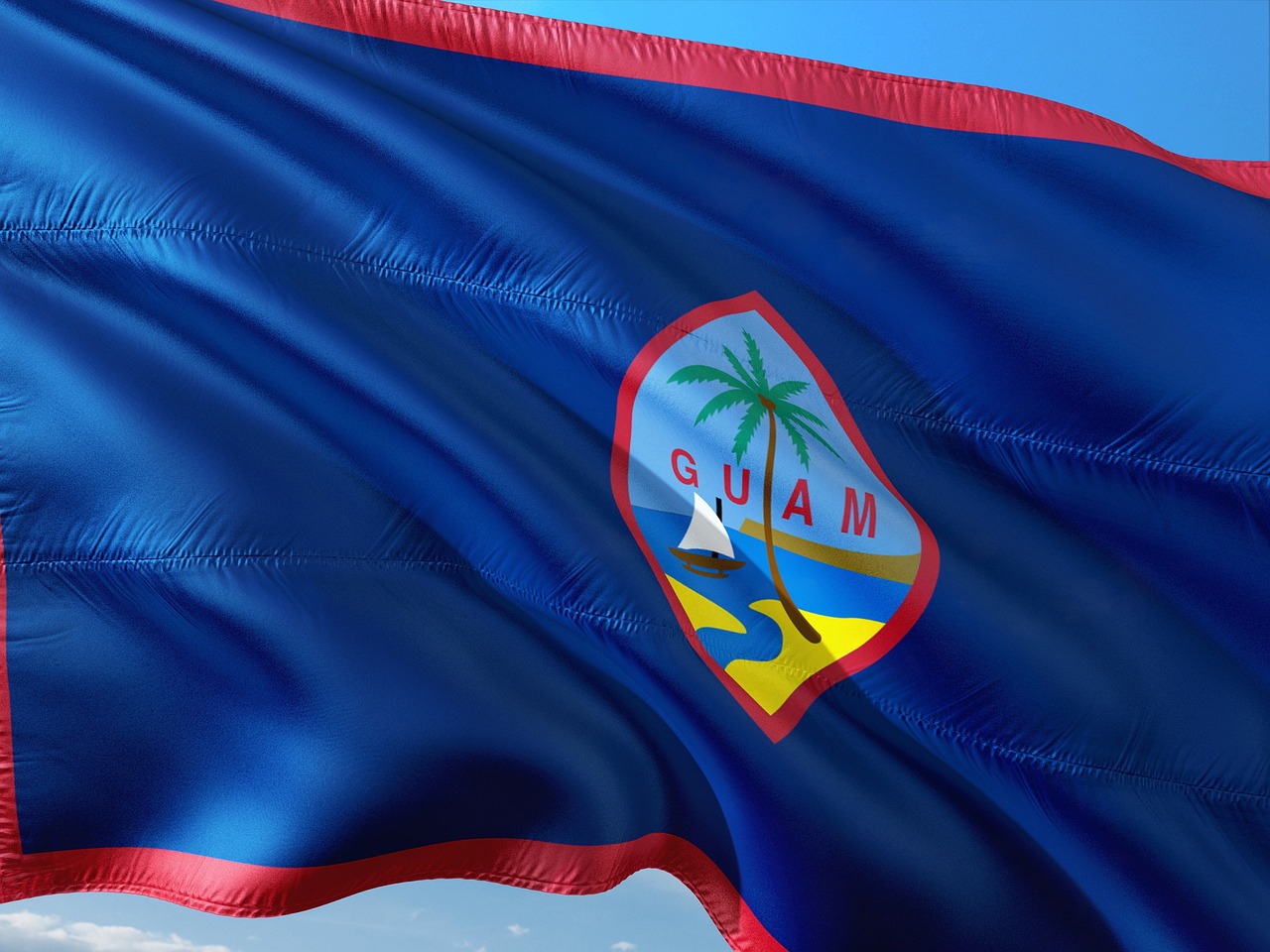
Welcome to Guam, an island paradise in the western Pacific Ocean, known for its stunning beaches, rich Chamorro culture, and vibrant cuisine. Whether you're looking to relax on...
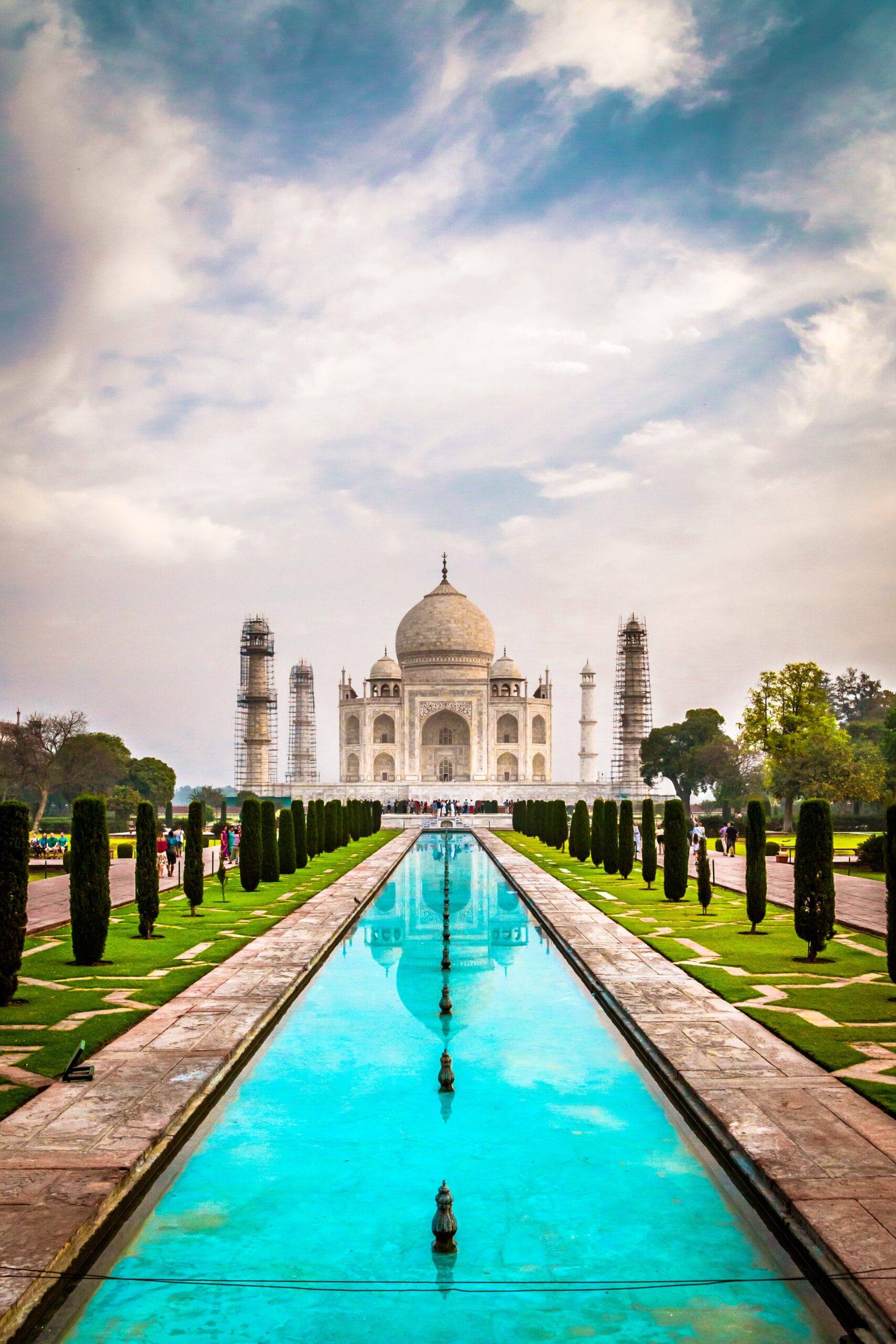
A beautiful vertical shot of Taj Mahal building in Agra India under a cloudy sky India, a land of diverse cultures, colors, and flavors, is a mesmerizing destination that beckons...
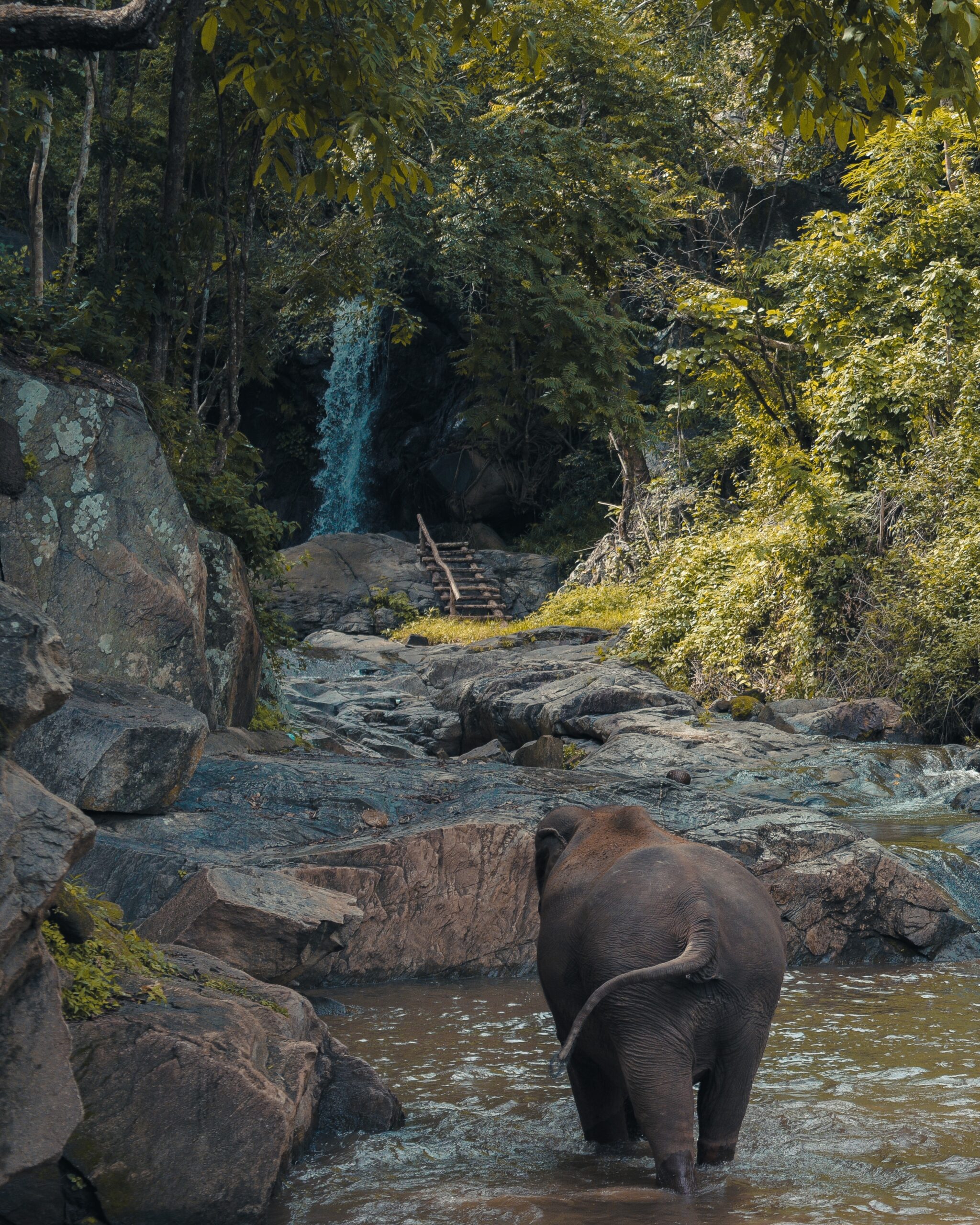
Welcome to the teardrop-shaped island of Sri Lanka, where history, culture, and natural beauty converge to create an unforgettable travel experience. From pristine beaches to...